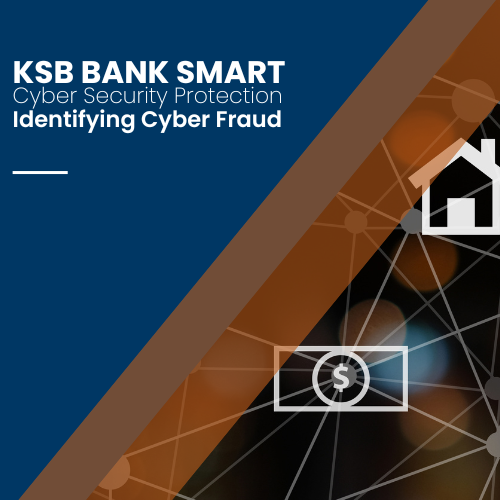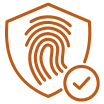Thank you for joining us!
At Kennebec Savings Bank, safeguarding your business is central to our commitment to your success. That’s why we hosted a free virtual event, KSB Bank Smart: Cyber Security Protection Webinar, created to help you stay ahead of evolving cyber threats and strengthen your defenses against online fraud.
Below, you’ll find access to the full webinar recording, presentation slides, helpful resources, and answers to questions shared during the event.
About the Webinar
In today’s digital world, bad actors are constantly developing new ways to target businesses of all sizes. During this session, our experts discussed how to identify common cyber risks, protect your organization from email and social engineering scams, and implement practical security measures like multi-factor authentication and access controls. Whether you’re a small business owner or managing a larger organization, this webinar provides valuable insights to help you safeguard your accounts and sensitive data.



